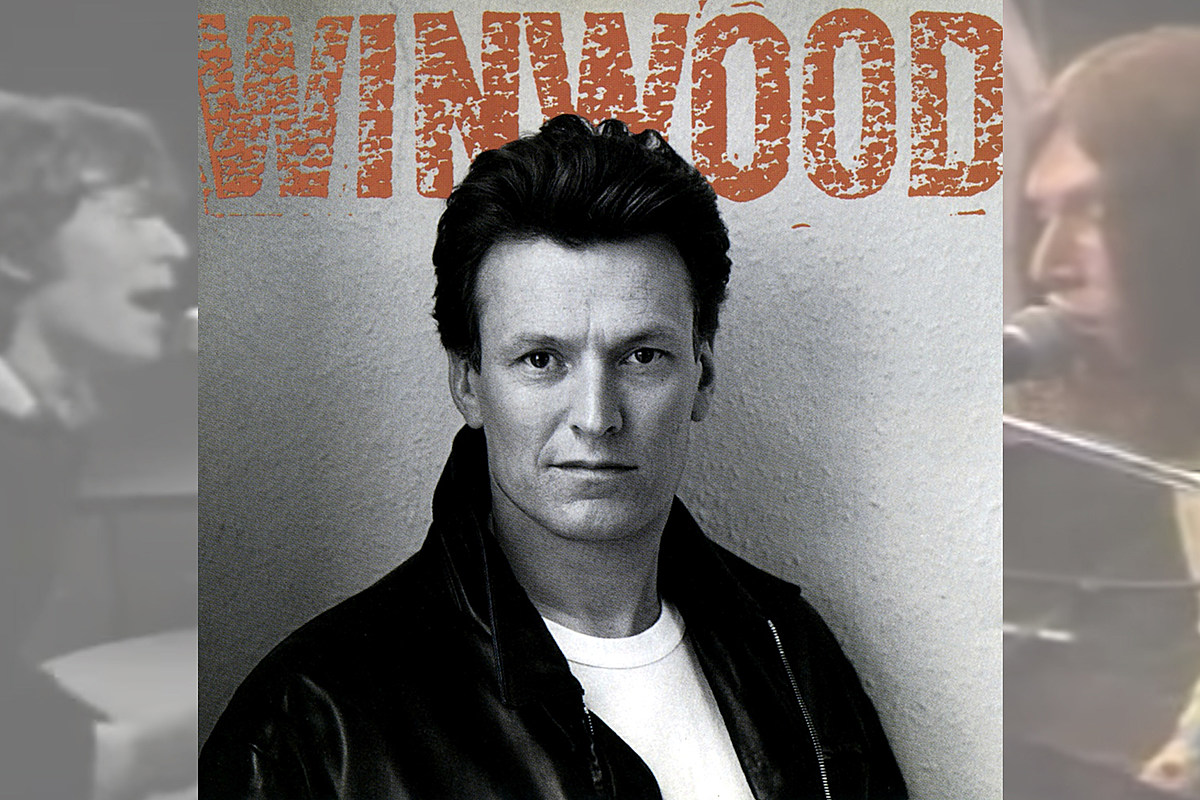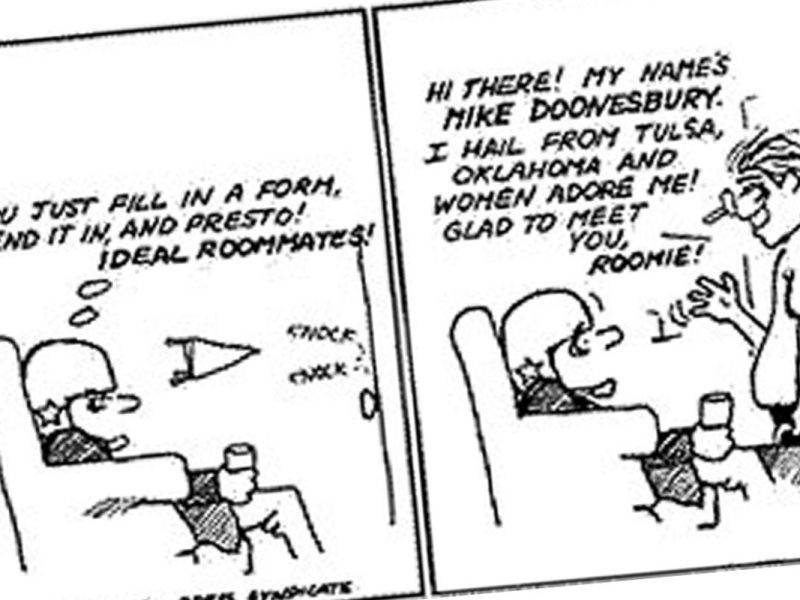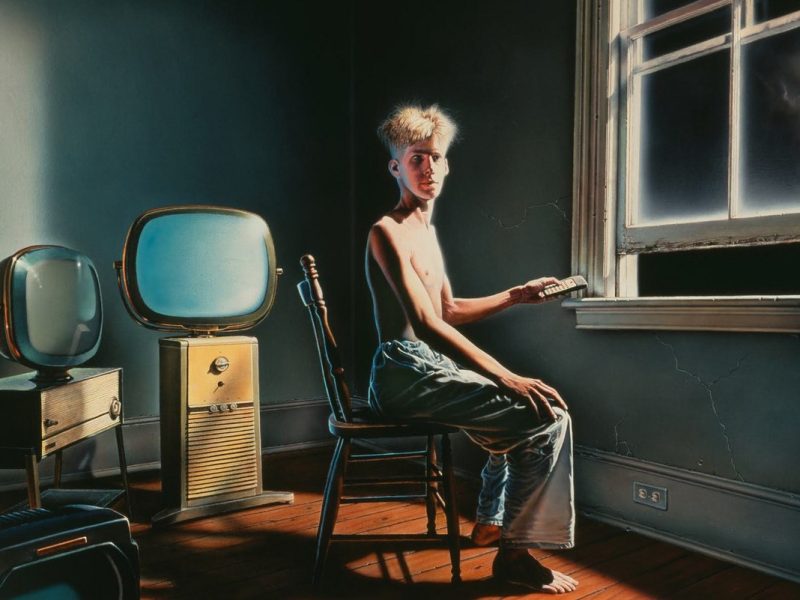When the title track from Steve Winwood’s Roll With It streaked to No. 1, it was proof positive that U.S. listeners were craving music that hearkened back to ‘60s rhythm and blues. They just didn’t realize it until they heard it.
The lead single was a complete throwback to life-affirming, sweaty, horn- and organ-spiked soul from the likes of Junior Walker (“Shotgun”), Sam & Dave (“Hold On, I’m Comin’”), or maybe even the Spencer Davis Group. So it was a full-circle moment for Winwood, who had powered the late British export’s smash hit “Gimme Some Lovin’” as a mere teen vocalist.
In the meantime, Winwood had been on the charts and on listeners’ stereos for just about all that time. He’d created a mind-expanding psychedelic stew with Traffic, played stadium-filling blues with two-thirds of Cream in Blind Faith and ventured out on his own for an eclectic body of work. Highlights included a de rigueur debut in 1977, the one-man-band introspection of Arc of a Diver in 1980 and the guest-heavy hits on Back in the High Life in 1986.
Arc of a Diver had been a hit, but its follow-up, 1982’s Talking Back to the Night, had been a commercial disappointment. “I had a choice to go a couple of ways,” Winwood told Rolling Stone in 1988. “If I was to say, ‘Well, I’m a musician, I’m not an entertainer,’ then … I should be in the back doing the music, and somebody else should be out front.”
Listen to Steve Winwood’s ‘Roll With It’
So, he had a choice. “You have to decide which way to go,” he added. “I thought about it long and seriously, and I thought that if I sing songs to people, you can’t deny it, you’re an entertainer. It’s not just ‘I’m entertaining them’ but ‘I am actually an entertainer.'”
Armed with that realization, Winwood brought in producers, engineers, session musicians and guest stars (including James Taylor, Chaka Khan and Joe Walsh) for Back in the High Life, which went to No. 3 on the Billboard 200 albums chart and yielded four singles, including the chart-topping “Higher Love.”
Winwood would eschew the famous guests on Roll With It, which arrived on June 20, 1988. Otherwise, however, he followed his “entertainer” template and produced an album that hit No. 1, his only solo record to do so.
Shortly after “Roll With It” began climbing the Hot 100 singles chart, a snippet of Winwood’s keyboard-heavy “Don’t You Know What the Night Can Do” began appearing in Michelob beer commercials. Some wondered whether Winwood had made the song to order for the beer brand, compromising his artistry for corporate dollars.
Listen to Steve Winwood’s ‘Don’t You Know What the Night Can Do?’
Winwood was cagey about which came first, the beer deal or the song, but he was unapologetic about the partnership. “I wrote a seven-minute song,” he told Rolling Stone. “It had the word night in it, but so have other songs I’ve done. [Michelob] knew that. There’s no way that their involvement made me present a lower-quality product. There’s no way.”
It came back to Winwood’s contention of being an entertainer, not just a musician. “The fact that [the song is] on TV and in commercials — music is entertainment,” he noted. “That’s the way I see it: music is entertainment, and commercials can be entertaining. So I’m happy with it.”
Roll With It also contained the gospel-influenced elegy “One More Morning,” a hymn of gratitude that is one of Winwood’s finest ballads. “Just to have this day and life starting all over, for all it may bring,” he sings. “A blessing on everything and one more song I can sing.” By the time the horns float up into the mix by the song’s end, the listener is likewise grateful for Winwood and lyricist Will Jennings’ hopeful outlook.
“Holding On” and “Put on Your Dancing Shoes” again mine the soul sounds of his past. The latter was an early highlight in the shows Winwood played on his summer tour in support of Roll With It. Those concerts were outstanding mixes of old Winwood and new, with High Life and Roll With It songs standing proudly alongside long runs through Traffic’s “Low Spark of High-Heeled Boys” and each evening’s final encore, the familiar “Gimme Some Lovin’.”
The shows were, above all else, entertaining. And Winwood was (and still is) an entertainer.
17 Artists Who Recorded One-Man-Band Albums
They took “going solo” to a whole new level.



